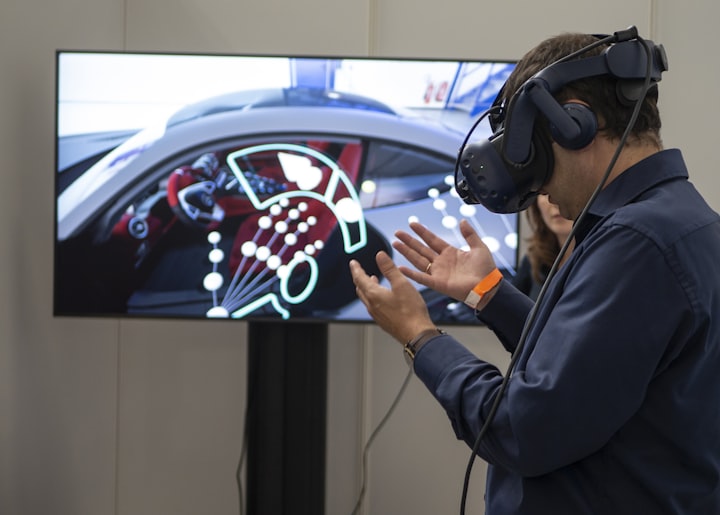Innovations in Assistive Technologies
Empowering Individuals, Enhancing Lives
Assistive technologies have revolutionized the way we support individuals with disabilities, enabling them to lead more independent and fulfilling lives. As technology continues to advance, the field of assistive technologies is experiencing remarkable innovations, unleashing a new realm of possibilities for those in need.
The Power of Assistive Technologies
Assistive technologies are designed to enhance the quality of life for individuals with disabilities, addressing their unique challenges and providing opportunities for personal growth. These technologies cover a wide range of devices, software, and tools that assist with mobility, communication, learning, and daily tasks.
For many years, assistive technologies have been making significant strides, facilitating increased accessibility and inclusivity for individuals with disabilities. However, recent innovations in the field have truly pushed the boundaries of what is possible, transforming the lives of countless individuals.
Cutting-Edge Innovations
1. Mind-Controlled Assistive Devices
One of the most remarkable recent advancements is the development of mind-controlled assistive devices. Using brain-computer interface (BCI) technology, these devices enable individuals with severe mobility impairments to control their environment through their thoughts. By detecting and interpreting brain signals, BCI technology allows users to operate computers, robotic limbs, and even prosthetic devices effortlessly.
2. AI-Powered Communication Tools
Artificial intelligence (AI) has brought about significant improvements in assistive communication tools. AI algorithms can now accurately interpret spoken language and convert it into text or vice versa, revolutionizing communication for individuals with speech impairments. This technology not only empowers individuals to express themselves more effectively but also enhances their interaction with the world around them.
3. Smart Home Assistive Technology
Smart home technology has made massive strides in improving accessibility and automation, catering to the needs of individuals with disabilities. Voice-activated assistants like Amazon Alexa or Google Home can assist with daily tasks, such as turning on lights, adjusting room temperature, or even providing reminders for medication. These voice-activated systems provide newfound independence and convenience, enabling individuals with disabilities to control their environment with ease.
4. Virtual Reality (VR) for Therapy and Rehabilitation
Virtual reality (VR) has become an invaluable tool in the field of therapy and rehabilitation. By simulating real-world environments, VR allows individuals with disabilities to practice necessary skills, such as mobility, hand-eye coordination, or social interactions, in a safe and controlled setting. This innovative approach not only accelerates the rehabilitation process but also boosts individuals’ confidence and engagement in their own recovery.
5. Wearable Assistive Technologies
The rise of wearable technologies has opened up a new realm of possibilities for individuals with disabilities. From smartwatches to assistive exoskeletons, these devices provide real-time monitoring, seamless integration with other technologies, and personalized assistance. Wearable technologies enable individuals to monitor their health, access support when needed, and enhance their independence in various aspects of daily life.
The Future of Assistive Technologies
As technology continues to progress rapidly, the future of assistive technologies appears promising. Innovations such as advanced robotics, brain-implanted devices, and predictive algorithms hold tremendous potential to further improve the lives of individuals with disabilities. These advancements will not only enhance accessibility but also enhance the integration of individuals with disabilities into society, breaking down barriers and promoting inclusivity.
Conclusion
In conclusion, assistive technologies have come a long way, empowering individuals with disabilities and transforming their lives in unimaginable ways. The ongoing innovations in this field are a testament to the power of technology in creating a more inclusive and equal society. As we look towards the future, let us continue to embrace and support the development of assistive technologies, ensuring that no one is left behind.
If you've enjoyed this topic, you should be sure to check out this post next, as it will surly be of interest too. Go here =>Future Trends and Innovations in Personalized Advertising
About the Creator
Timothy A Rowland
I’m an every day human Xennial from the United States. I have many interest. I just want to improve your life and maybe entertain you. Available for editing and LeadsLeap projects at: https://www.fiverr.com/greyhatcompany







Comments
There are no comments for this story
Be the first to respond and start the conversation.